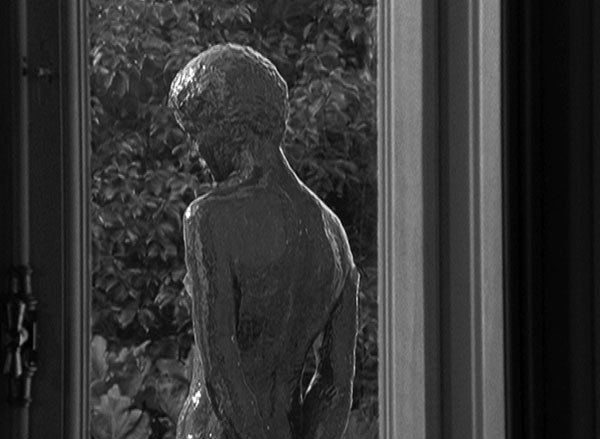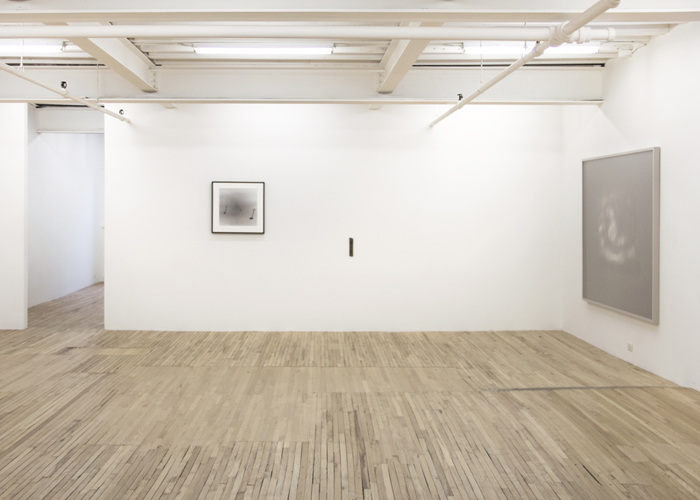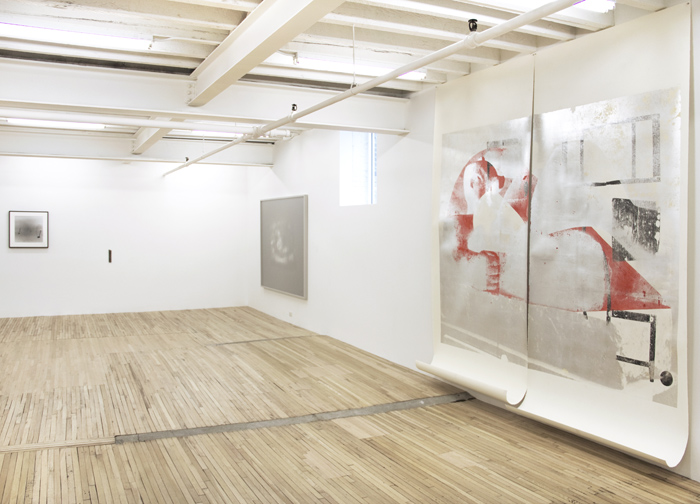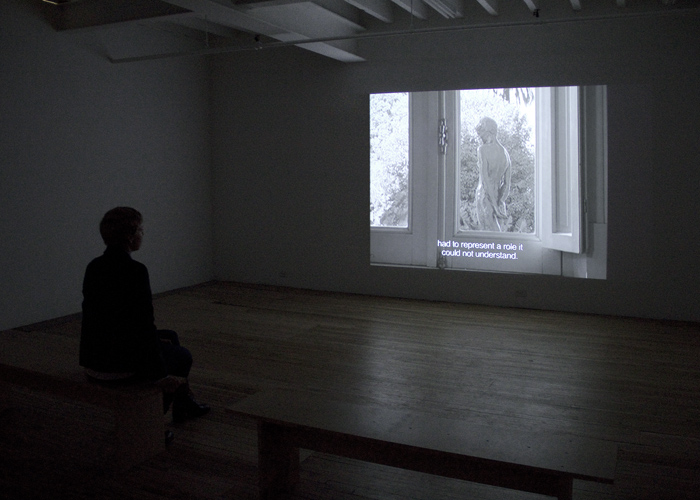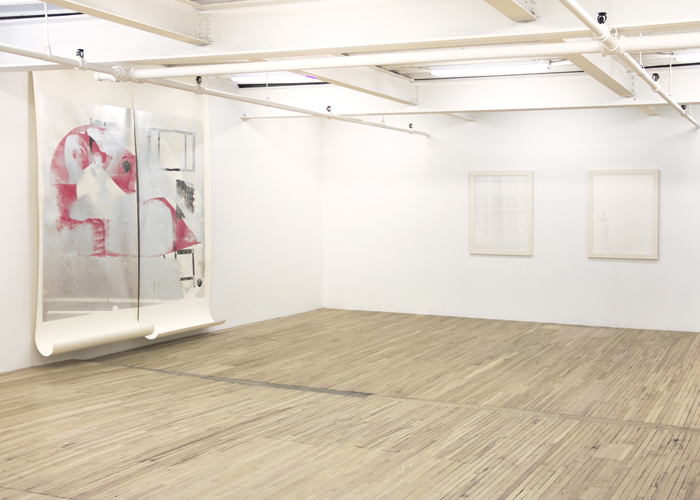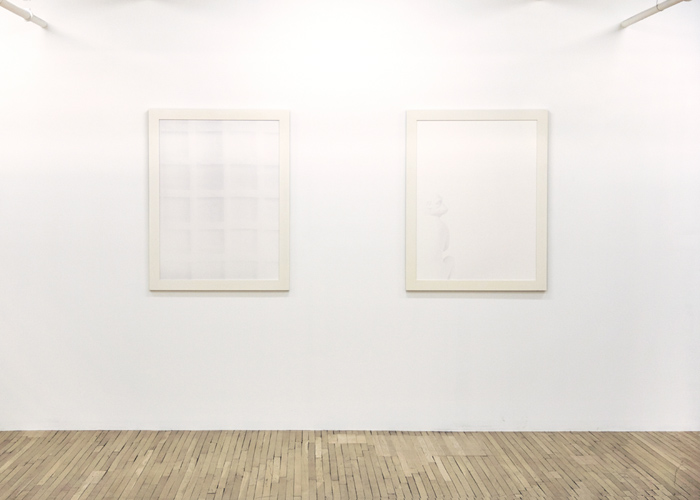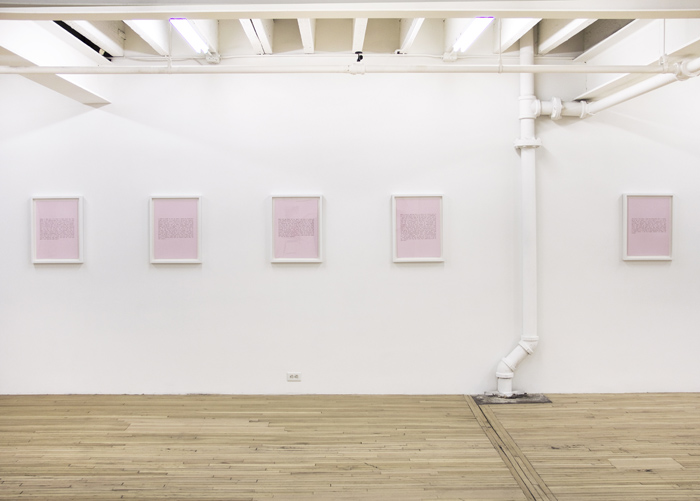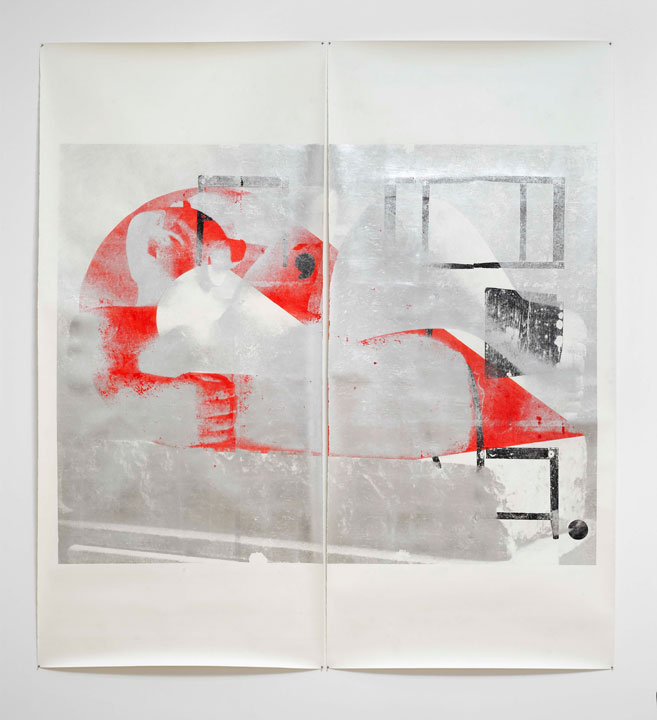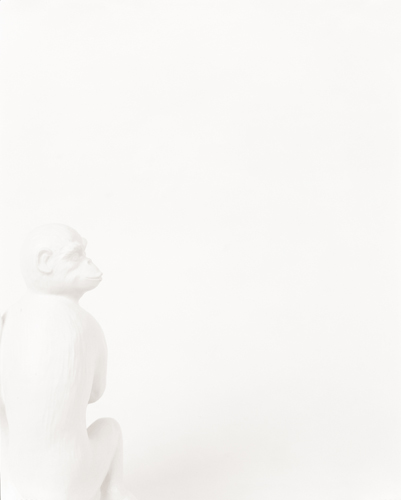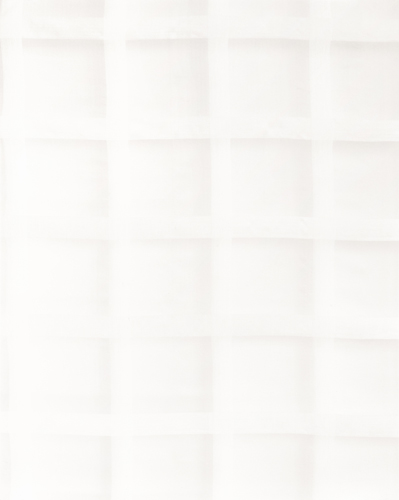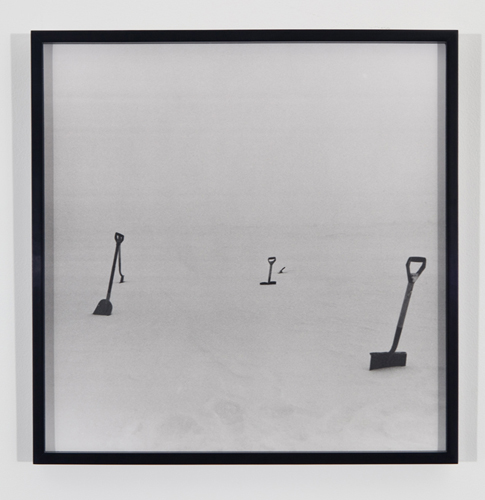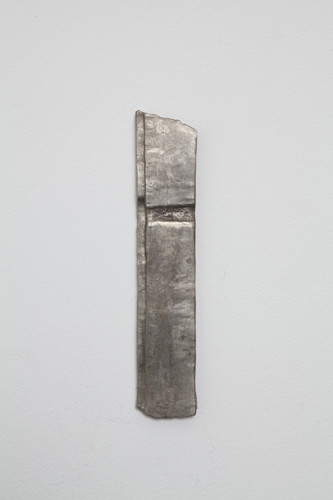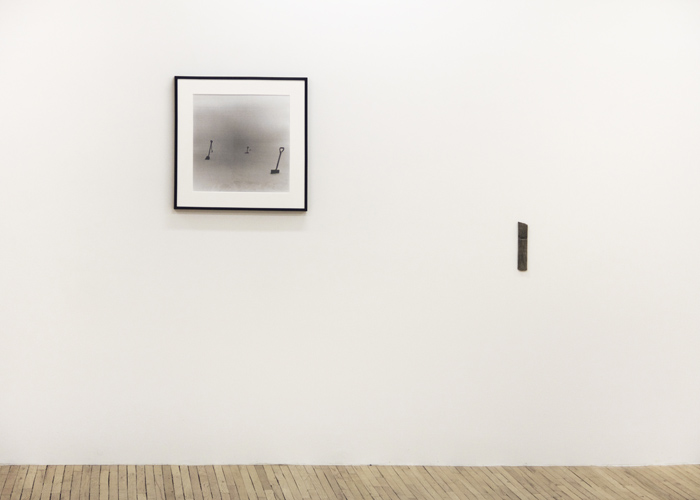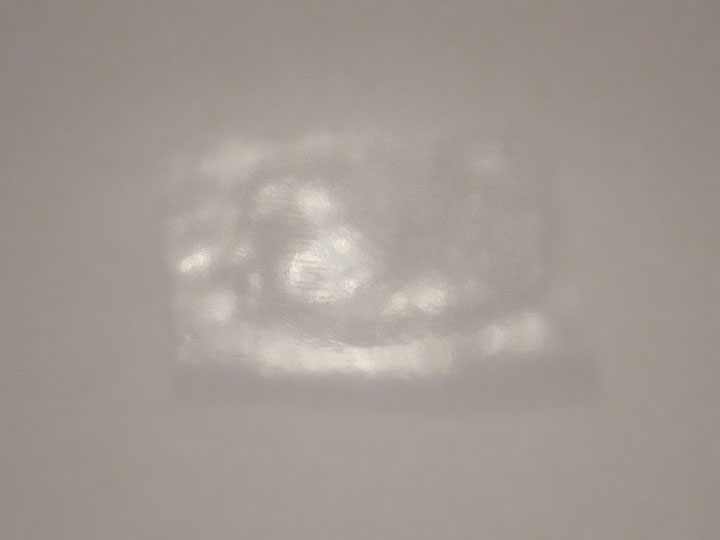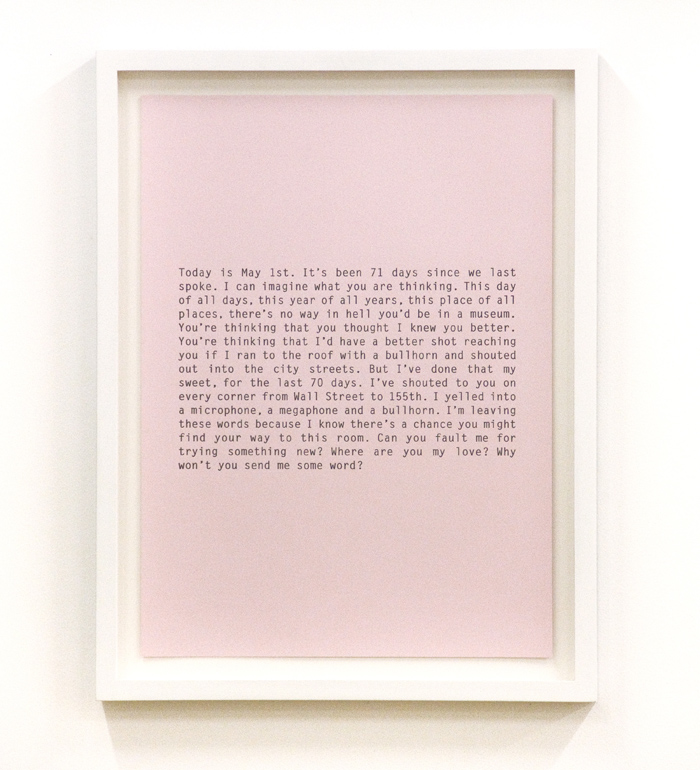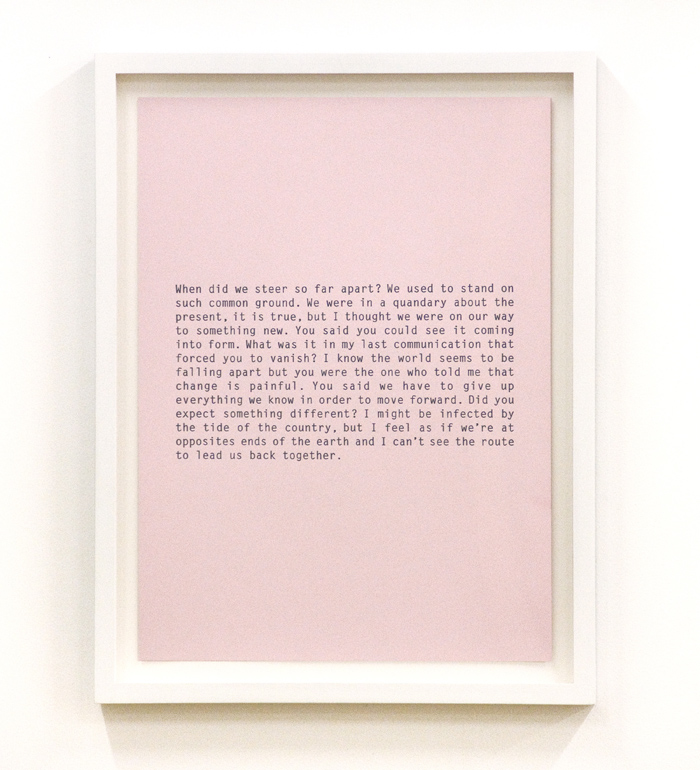SOMEONE LIKE ME: Alejandro Cesarco, Sarah Charlesworth, Ellie Ga, Sharon Hayes, Walid Raad, and Lucy Skaer
Opening Thursday, 16 January, 6-8pm
Towards the middle of her recent book, The Story of My Accident is Ours (2013), Rachel Levitsky introduces a character who bears an uncanny resemblance to the author, “I often wonder what was it that drove me, and by me, I want to explain, someone like me, toward that imminent disaster…” This character has witnessed or participated in something unforeseen, revealing an element of tension and initiating a transformation into someone like me.
Someone Like Me includes works that depend on an interaction of several consciousnesses. The artists convey a frustration with linear composition and language structure and present unresolved dialogues often addressed to an absent listener. It is through this open-ended relationship between author and character, artist and subject, that each of the artworks perform as an autonomous reflection, continuous in its formation of meaning.
In Alejandro Cesarco’s video The Two Stories, based on a story by Felisberto Hernandez, the presence of a shimmering statue in the garden, begging to be awakened, is the primary source of distraction for both the storyteller and Cesarco. As a stand-in for the narrator, the artist, and the members of an invisible yet imagined audience, it allows for someone to be present, someone to be listening, someone to absorb and project the hopes, distractions, and defeats of the story being told.
The reflective surface is an important formal component throughout Someone Like Me. Representative of both imitation and contemplation this element emphasizes the introspective nature of the exhibition. The image disintegrates and then reappears on the monochromatic surface of Sarah Charlesworth’s photographs. The “all white” full-color series is titled 0+1, referring to the exposure value used to turn generally hyper-identifiable imagery to a blank slate. The act of washing away allows for an image to quietly emerge from 0 as the starting point of representation.
From the archive of The Fortunetellers, a multi-faceted project by Ellie Ga, two works appear as indexical expressions of the everyday encounters on board a sailboat drifting in the frozen pack ice of the Arctic Ocean. A fragment of the ship’s doorjamb, cast in brass, and a staged photograph made to illustrate the absurd daily task of clearing the boat of snow, are indications of the bodies and the movements of the characters within the story.
Lucy Skaer often uses contradictory methods in the production of her work to create formal tension and highlight her interest in the participatory role of the viewer. In Heavy on the Page, Skaer layers fragile materials such as watercolor and aluminum leaf in order to depict three-dimensional objects. Upon close viewing, a familiar figure emerges illustrating the transformative space between recognition and ambiguity.
As with much of Walid Raad’s recent work, Preface to the Second Edition is a series that explores the ways in which the emergence of large new infrastructures for the visual arts in the Arab world have affected the creation, exhibition, and experience of art in the region and abroad. Raad writes, “I was recently taken aback by how most paintings on display in the Arab Museum of Modern Art in Doha lack some (but not all) reflections. I decided to provide some with these works. I am hoping that the reflections in my photographs will eventually leave my works and attach themselves to the paintings in the museum.”
The final lines of Sharon Hayes emotive text in May 1st are, “I have my own mind but my desire is not a thinking; it’s an echo, a reverberating shock. I am so much yours. I am no longer myself. Is that so wrong?” To experience the work is not only to read through the five notes, rather it is to hear a voice; whether it is the voice of the artist longing for a listener with whom to share her failure to communicate, or the echo of our own inner voice.
For more information or images, please contact the gallery at +1-212-463-7372 or info@murrayguy.com
